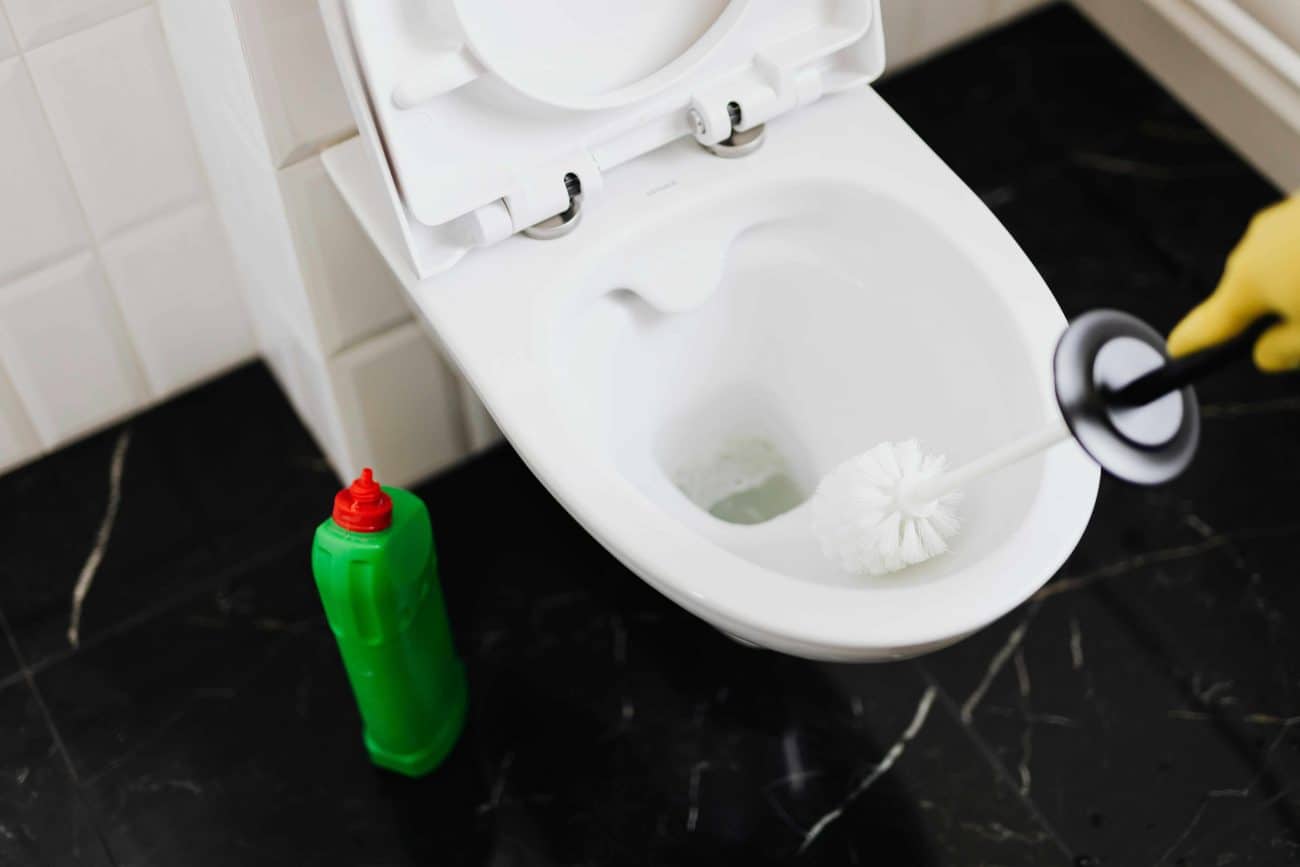Introduction
A clogged drain can throw off your entire day. Whether it’s a slow-draining kitchen sink or a backed-up shower, it’s frustrating—and potentially messy. While chemical drain cleaners might offer a quick fix, they can damage your pipes and the environment. Luckily, there are effective, natural ways to unclog a drain quickly using simple household ingredients.
In this complete guide, we’ll show you how to unclog a drain naturally and fast, whether you’re dealing with a kitchen sink, bathroom drain, or bathtub. Let’s dive in.
What Causes Drains to Clog?
Before fixing the problem, it helps to understand what’s causing it. Common culprits include:
- Hair: A major problem in shower and bathroom drains.
- Grease & Oil: Common in kitchen sinks. They solidify and trap food.
- Soap Scum: Builds up over time in both kitchens and bathrooms.
- Food Debris: Rice, pasta, and coffee grounds are notorious.
- Mineral Buildup: Hard water can leave behind deposits.
Now that you know the enemy, let’s explore the natural solutions.
1. The Classic Combo: Baking Soda and Vinegar
Best for: Kitchen and bathroom sinks
Steps:
- Pour 1/2 cup of baking soda into the drain.
- Follow with 1 cup of white vinegar.
- Let it fizz for 15 minutes (place a drain cover to trap the reaction).
- Pour boiling water down to flush.
This reaction helps break down grease, gunk, and minor blockages.
Tip: Repeat once a month for maintenance.
2. Salt and Boiling Water
Best for: Mild clogs caused by grease
Steps:
- Pour 1/2 cup of salt into the drain.
- Let it sit for a few minutes.
- Follow with boiling water.
Salt acts as a mild abrasive and can break down softer blockages.
3. Baking Soda and Salt
Best for: Showers and tubs
Steps:
- Mix 1/2 cup baking soda and 1/2 cup salt.
- Pour into the drain.
- Let it sit overnight.
- In the morning, pour boiling water.
This combo is more powerful and works best when given time.
4. Plunger Power
Best for: Full blockages in sinks, tubs, or floor drains
Steps:
- Fill the sink with enough water to cover the plunger’s head.
- Place the plunger and pump vigorously.
- Test to see if water drains.
Note: Use a cup plunger for sinks and a flange plunger for toilets.
5. Use a Drain Snake (or a Homemade Wire Hook)
Best for: Hair or physical obstructions
Steps:
- Use a drain snake to push through or pull out the clog.
- No snake? Straighten a wire hanger, bend a small hook, and fish out the debris.
Great for tubs and bathroom sinks where hair is the main problem.
6. Enzyme Cleaners (Natural & Non-Toxic)
Best for: Preventing clogs and breaking organic material
You can buy natural enzyme-based drain cleaners from eco-friendly brands. These use bacteria to eat away hair, food, and grease.
Tip: Use monthly for maintenance.
7. Boiling Water (Simple but Often Effective)
Best for: Grease-related clogs in the kitchen
Sometimes, all it takes is a kettle of boiling water poured slowly over 2-3 rounds. Especially effective when used regularly.
Warning: Do not use boiling water on PVC pipes (use hot tap water instead).
When to Call a Plumber
If none of the above methods work, you might have a deeper blockage in your pipes or mainline. Signs you need professional help:
- Water backs up in multiple drains.
- You smell sewage.
- Drains are slow despite repeated efforts.
Preventing Future Clogs
- Use a hair catcher in the shower.
- Avoid pouring grease or coffee grounds down the sink.
- Flush with boiling water weekly.
- Clean drains monthly with baking soda + vinegar.
- Install a mesh screen for kitchen sink drains.
Final Thoughts
Unclogging a drain doesn’t have to involve harsh chemicals or expensive tools. With ingredients like baking soda, vinegar, salt, and boiling water, you can clear most clogs naturally—and fast. Even better, these methods are safer for your plumbing, your family, and the planet.
Next time your drain acts up, try one of these DIY solutions first before reaching for chemical cleaners. You’ll save money and maybe even enjoy the satisfaction of fixing it yourself.
